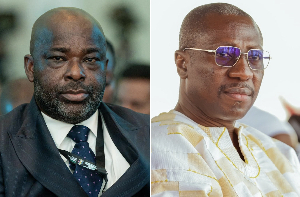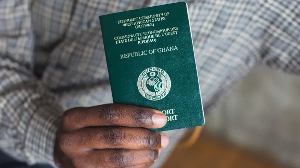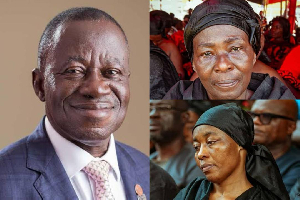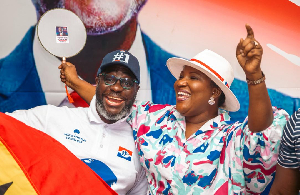Kenya's President William Ruto issued an executive order on Thursday clarifying new roles for some of his ministers.
Coming about a month following the first Cabinet shuffle of the president’s tenure on October 4, the State House move was officially explained as a routine government reorganisation.
The executive order, the president’s second this year, notably sought to clear the confusion over the functions of the Office of the Prime Cabinet Secretary and the Ministry of Public Service, which had publicly clashed over some roles and physical location last month.
But in Kenya, any Cabinet changes or government reorganisations also tend to be examined for political clues, including who might have fallen out of the President’s favour, won his confidence or is deemed useful in some grand political scheme.
For President Ruto, the scrutiny of his moves has become even sharper because of the large number of politicians he appointed to his Cabinet.
The perceived biggest winner of the latest government reorganisation is Moses Kuria, the controversial Public Service minister whose clout was widely thought to be on the wane after he was transferred from the high-profile Ministry of Investment, Trade and Industry in last month’s Cabinet shake-up.
The Thursday executive housekeeping reassigned the department responsible for performance management in government from the Office of the Prime Cabinet Secretary to Kuria’s Public Service docket, handing him the bragging rights he has appeared to crave in recent weeks.
It also comes against the backdrop of simmering tension in the president’s ruling Kenya Kwanza coalition, with Deputy President Rigathi Gachagua and the Public Service minister, for example, openly fighting each other on social media.
The two are close political allies of the president and played a key role in winning the crucial swing vote of the populous Mount Kenya counties in the last election.
But they are currently engaged in personal feuds arising from their respective ambitions to be the next dominant player in the region’s politics, known as kingpin in Kenyan political lingo, after former president Uhuru Kenyatta.
Gachagua sees himself as the senior-most politician from the region by virtue of his position in government. But Kuria, a talented grassroots mobiliser, would have none of it.
In September, Gachagua sought to dismiss speculation that he was behind a campaign pushing for the sacking of Kuria from the Cabinet over the latter’s remarks taunting Kenyans complaining of high fuel prices.
Kuria was nevertheless eventually removed from the high-profile Ministry of Investments, Trade and Industry and transferred to Public Service in last month’s Cabinet shuffle, which affected eight ministers.
His transfer is, however, believed to have had more to do with his international isolation than local political differences with Gachagua.
In July, visiting US Trade Representative Katherine Tai cancelled a meeting scheduled with then Trade minister Kuria reportedly over the latter’s extremist views expressed in social media posts about opposition-led anti-government protests around that time.
He was also conspicuously missing from Ruto’s entourage during his US trip in September to attend the United Nations General Assembly in New York and promote Kenya as an investment destination on the sidelines.
But his having been given a soft landing in the October reshuffle – with the transfer instead of being fired – and more powers in Thursday’s government reorganisation suggests the president still considers him too politically useful to drop.
Africa News of Monday, 6 November 2023
Source: theeastafrican.co.ke













